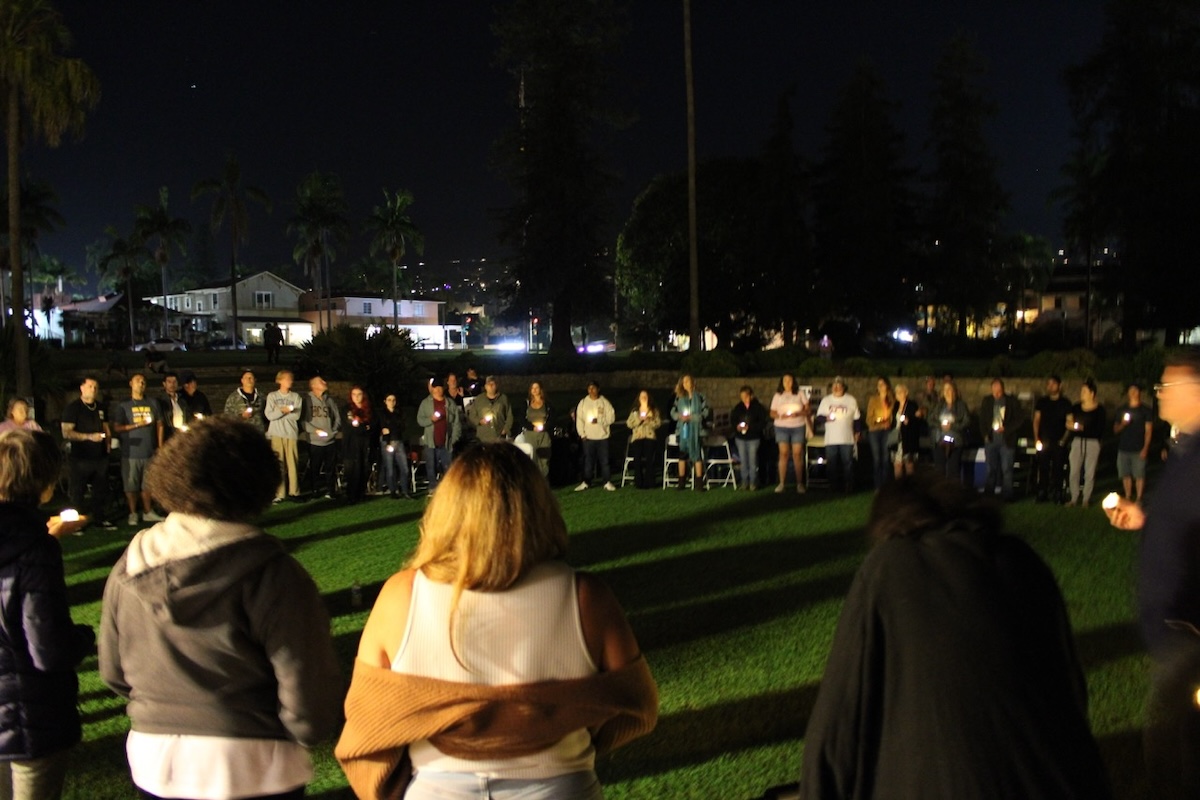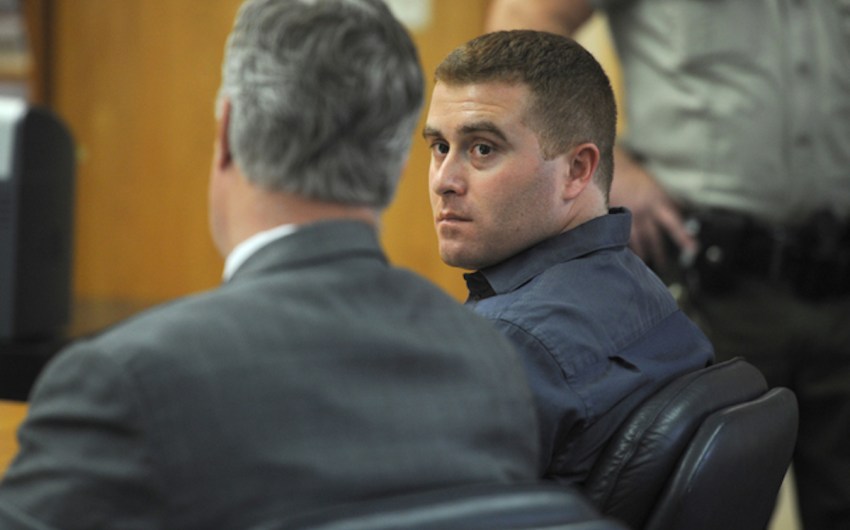Santa Barbara County Overdose Victims Commemorated During Walk and Vigil
County Officials, Activists, and Addicts Remember Those Lost and Advocate for Better Treatment Options

This article was underwritten in part by the Mickey Flacks Journalism Fund for Social Justice, a proud, innovative supporter of local news. To make a contribution go to sbcan.org/journalism_fund.
Battery-operated candles flickered on the back steps of the Santa Barbara County Courthouse Saturday evening as about 80 people gathered in its Sunken Gardens in honor of International Overdose Awareness Day. The vigil, organized alongside a community walk by the nonprofit Families ACT, gave space to remember those lost to overdose and to advocate for greater and more accessible treatment options.
From a stage just above the courthouse steps, county officials, activists, and addicts spoke of loved ones lost and struggling, and told their own stories toward sobriety. They called for increasing the number of care beds and reducing stigma surrounding addiction. In the garden, tables manned by representatives from organizations like Families ACT, the National Alliance on Mental Illness, the Council on Alcoholism and Drug Abuse, and the Santa Barbara County’s Department of Behavior Wellness gave out program information as well as the anti-overdose drug naloxone.
Debbie Allen, a Families ACT boardmember, spoke to the crowd, saying that along with more acute and sub-acute beds and long-term housing for the mentally ill, patients needed a “warm handoff” back into daily life.
“Providers need to remain connected to a person until they confirm the person is engaged in treatment. And that doesn’t mean confirming that an appointment is made. It means making sure that the person gets to the appointment as well,” she said.
Bri Velasquez, another Families ACT boardmember and a licensed clinical social worker, said she lost a loved one in 2012 to overdose. She said isolation and shame often surround discussions of overdose and that a focus on rehabilitation is important in combating stigma by “having a place and community that talks about the realities of addiction and people’s struggles.” She added that Families ACT aims to change policies and laws to focus on rehabilitating rather than criminalizing addicts.
Overdose deaths increased steadily after the COVID-19 pandemic, with more than 500 deaths reported between 2021 and 2023, according to statistics from Santa Barbara County. More than half of these fatal overdoses involved the potent synthetic opioid fentanyl. A potentially lethal dose of fentanyl is about two milligrams — enough to fit on a pencil tip. At the vigil, Sheriff Bill Brown said that county officers have seized over six pounds of powdered fentanyl so far this year.
From the stage, Melissa Wilkins, Santa Barbara County’s Alcohol and Drug Program division chief, called the numbers on overdose deaths heartbreaking and said they don’t tell the whole story.
“It doesn’t capture those who are still struggling with an opioid use disorder or with other substances, and it doesn’t capture the many other lives that were affected. Because behind each of those numbers is a person with a story and with loved ones left behind,” she said.
The vigil closed with community members, each holding a candle, forming a circle to share the names of lives lost.










